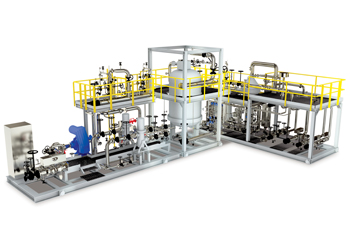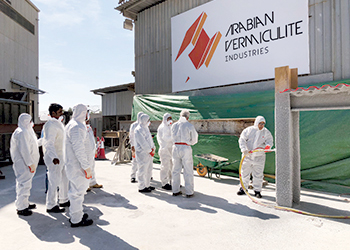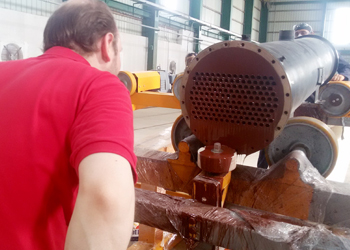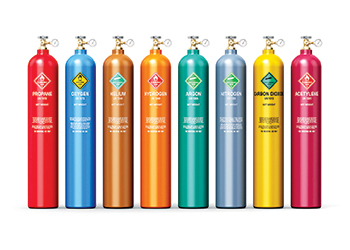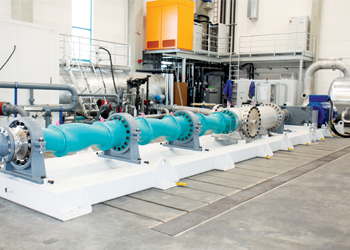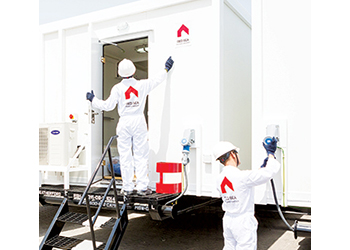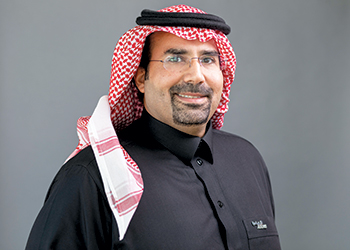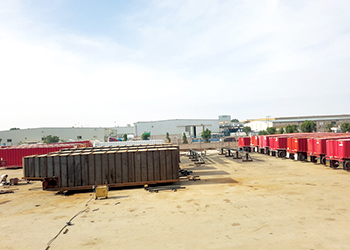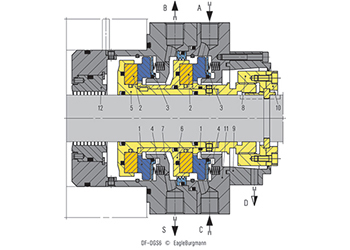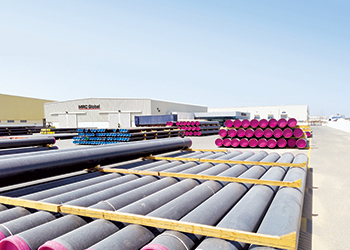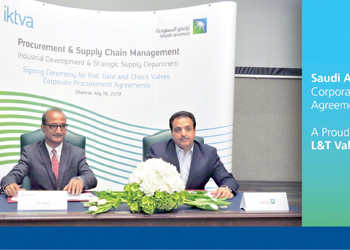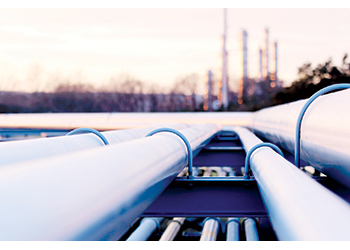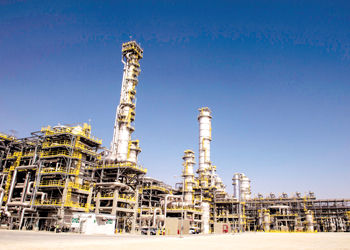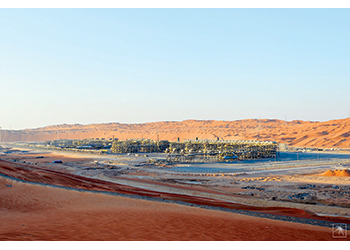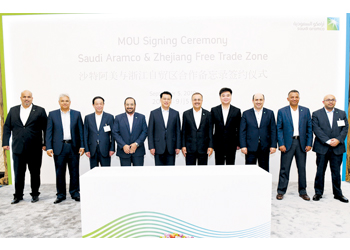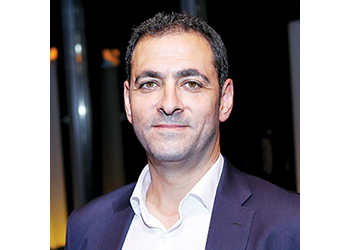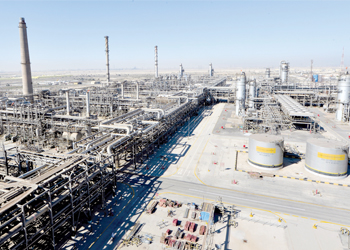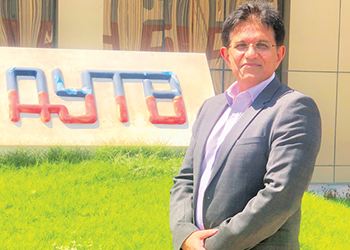
The sheer scale of Ghawar means any significant shift in its reserves, production capacity, or production profile is a big deal for global oil markets, with profound implications for future Saudi upstream investment needs
Abond prospectus by state-owned Saudi Aramco emphatically underlines the Saudi state oil behemoth’s upstream muscle, but it also highlights the erosion of production capacity at the world’s biggest oil field, Ghawar.
Production at the Eastern Province onshore giant, which came on stream in 1951, peaked at 5.7 million barrels per day (mbpd) in 1981. Now, some 38 years later, Ghawar “has accounted for more than half of the total cumulative oil production in the kingdom,” noted the prospectus. The field still maintained a maximum sustainable capacity of 3.8 mbpd as of December 31, 2018, it said.
Periodically, when pressured, Aramco has released important information about its operations–for instance in 2005 and 2008 amid “peak oil” concerns. But the details in the bond prospectus give investors the best look yet at the Saudi oil industry as Aramco seeks to raise cash for the recent $69.1 billion purchase of a 70 per cent stake in Saudi Basic Industries Corp (Sabic).
Significant capacity slippage at Ghawar was inevitable, given its 60-plus years as the workhorse of the Saudi oil industry, but the latest figures point to an acceleration in Ghawar’s deterioration. Even as recently as a decade ago, Ghawar’s capacity stood around 5 mbpd. Recent indications suggested that, although capacity had slipped a lot, Ghawar could still pump 4 mbpd sustainably.
The sheer scale of Ghawar means any significant shift in its reserves, production capacity, or production profile is a big deal for global oil markets, with profound implications for future Saudi upstream investment needs and the underlying base costs of production for the Opec kingpin. Significant volumes of associated gas production–around 2 billion cubic feet per day–mean falling oil output at Ghawar also creates a challenge for electricity generation and the Saudi petrochemical industry.
NEW OIL MEGA PROJECTS
Aramco has been adding new oil megaprojects for almost a decade without increasing the firm’s overall capacity beyond 12 mbpd. That new oil either offset declines or allowed Aramco to “rest” certain aging reservoirs, like those in Ghawar, and run them at lower maximum capacity. One of the oldest sections of the supergiant field, Ain Dar, used to produce 2 mbpd in the mid-2000s, but now is down to 1 mbpd.
In 2010, then Saudi Oil Minister Ali Naimi assessed Ghawar’s proven reserves at 88 billion bbl, while the bond prospectus pegged some 30 billion bbl lower than this. If Ghawar averaged some 4.5 mbpd since then, it would not have been able to produce that much in 9 years. Khurais reserves of 21.4 billion bbl are also somewhat lower than expected, given the 27 billion bbl Aramco assessed them at in 2008.
Still, the vast majority of oil companies would bite their right arms off to have some of the upstream problems Aramco faces.
“More than 80 per cent of the kingdom’s proved crude oil reserves were in reservoirs that were less than 40 per cent depleted,” the report stated. “Approximately 80 per cent of the kingdom’s crude oil reserves had a recovery factor between 41 per cent and 80 per cent due to the high quality of the reservoirs” it added.
As of end-2018, proven reserves of 256.9 billion barrels of oil equivalent were made up of 201.4 billion bbl of crude and condensate, 25.4 billion bbl of NGLs and 185.7 trillion cubic feet of natural gas. This equates to some 52 years of production at end-2018 rates, the prospectus said. Aramco’s upstream portfolio include 498 reservoirs within 136 fields, it added.
Last year, Aramco produced 13.6 million boe/d. This was made up of 10.3 mbpd of crude oil (some 125,000 bpd of this was blended condensate), an additional 200,000 bpd of unblended condensate, 1.1 mbpd of NGLs, 8.9 billion standard cubic feet per day of natural gas and 1.0 billion standard cubic feet per day of ethane, the prospectus said.
With net income of $111.1 billion and earnings before interest, tax, depreciation and amortisation (Ebitda) of $223.8 billion in 2018, Aramco’s profitability is unrivaled–not only in the oil industry but in any sector in the business world–proving just how low its upstream costs are across its massive reserves.






















































































